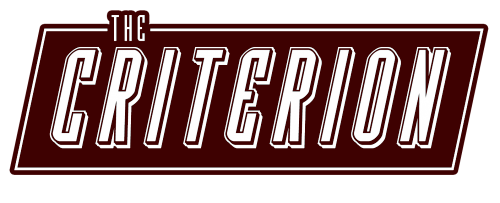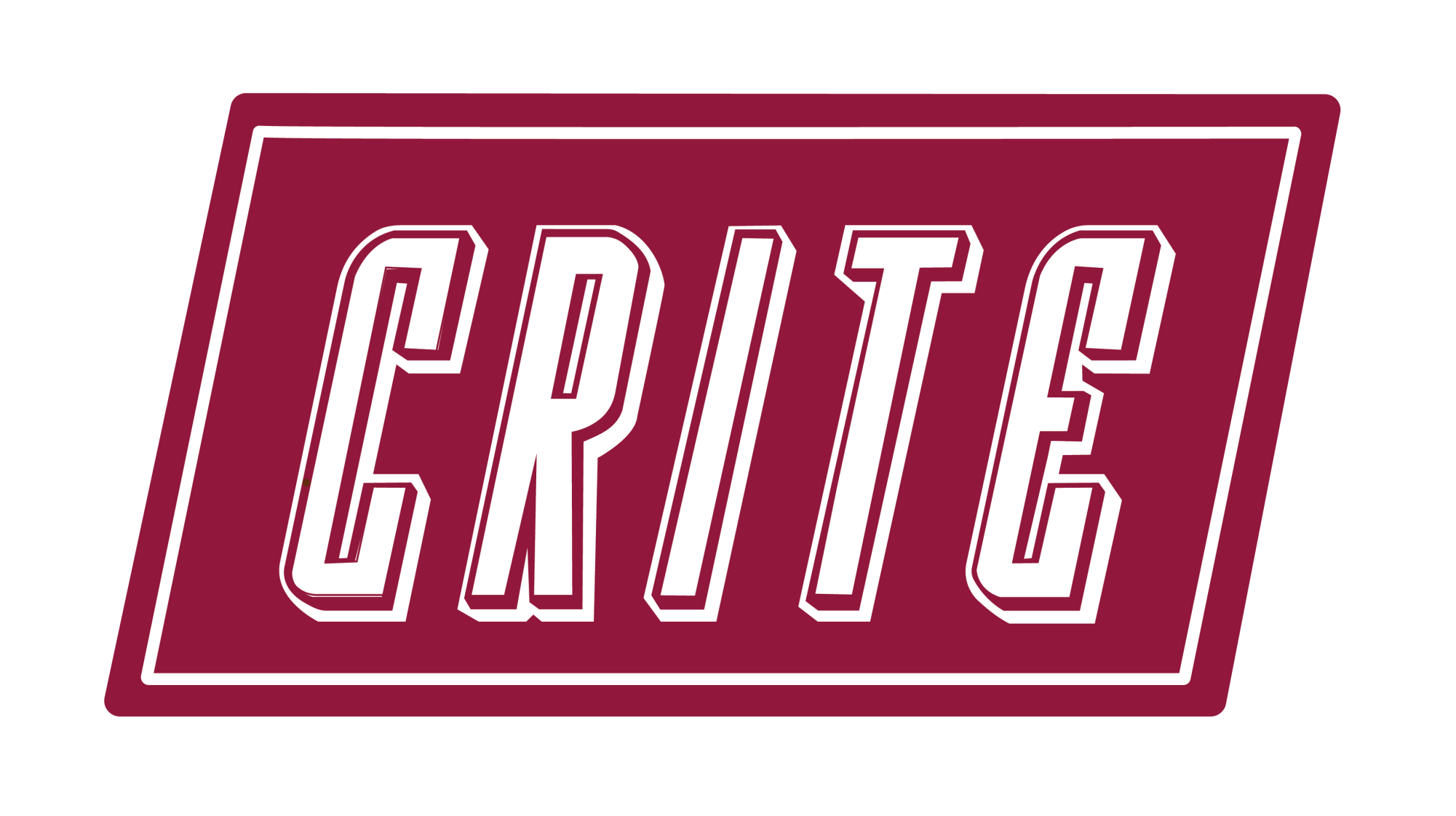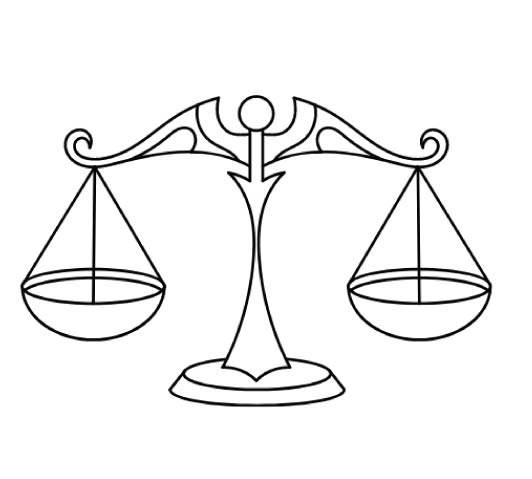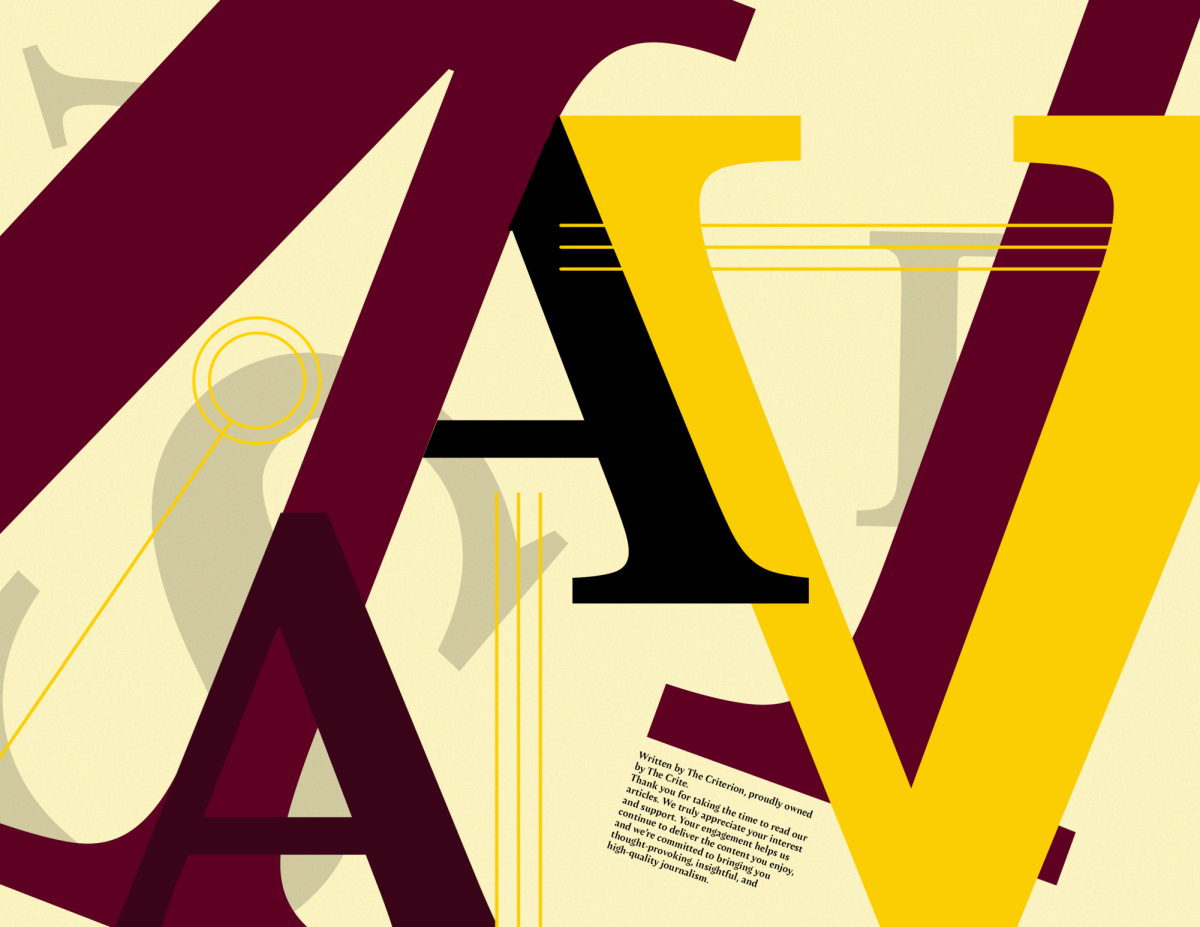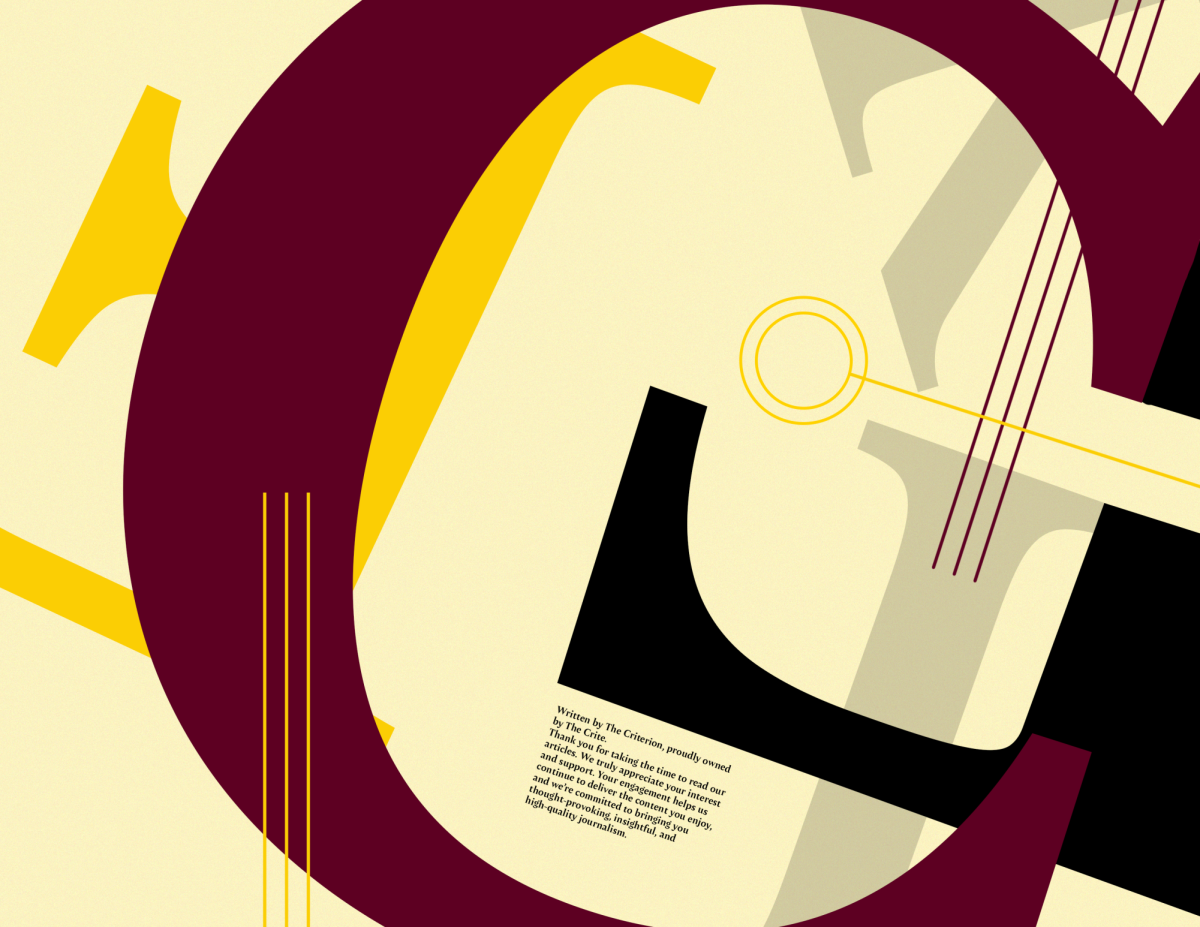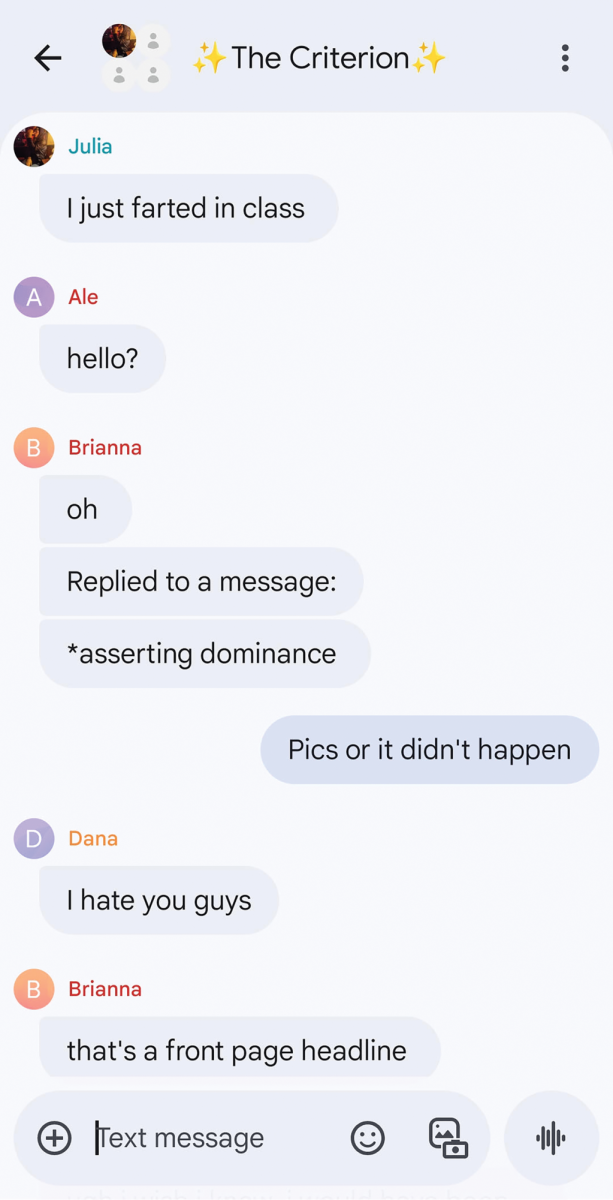Writing out class notes by hand instead of typing them makes me a better student. I’m more engaged, I retain more information and I’m less distracted by the possibilities of the internet..
There are so many apparent advantages to typing notes that make it appear to be the superior choice, but it’s all an illusion. The only legitimate advantage is that digital notes can be very easily scanned for a specific term with the click of a button.
A disguised disadvantage of typing notes is that having access to the internet allows you to clarify confusing concepts during class. Call me crazy, but isn’t that the professor’s job? It’s too easy to get distracted while trying to look up the definition of a new word – one thing leads to another and instead of learning about anatomy, you’re caught up in a new muffin recipe.
Taking notes by hand also just feels better than typing. I’ll admit that I’m a sucker for stationary, and that helped shape my opinion on acoustic notes. I have a small bag I keep in my backpack for all my pens, pencils, markers, erasers and highlighters. I’m always on the hunt for a pen that glides across my paper and a highlighter that’s just the right shade of pastel purple.
For visual learners, taking notes by hand offers more of an opportunity to draw models of concepts and reproduce diagrams from lectures directly on the page. When I was in geology, I was able to draw every single type of fault with explanations in my notebook during Dr. Baker’s lectures. In a Word document, that’s much harder and takes way more time – the potential for falling behind is high.
Typing notes is also distracting to others during class – the clacking of the keys can be insufferable. Sometimes the laptop can overheat, and then the fan screams while trying to cool down. I have had my screen block critical content on the whiteboard or projector screen and I have to choose between moving my laptop to see it or moving my body.
These are just the practical disadvantages to typing notes. There are also scientifically proven cognitive advantages to writing notes by hand. In a Norwegian study, they hooked a bunch of kids up to EEG scanners and mapped their neural activity while handwriting notes and typing notes to compare their brain activity.
Predictably, those that wrote notes by hand had way more neural activity than those that typed their notes. This means the synaptic pathways that help recall information, synthesize concepts and critically analyze are stronger and healthier when taking notes by hand
To bridge the gap between analog and digital notes, companies have developed technology that marries handwritten notes and typed notes. Notability in the Apple App Store is a great app for free-form digital notes and Kindle’s Scribe actually feels like writing on paper. But these cost money. Notability’s premium plan is $20 a month and a new Scribe is $400, while a pencil and a notebook cost less than $5 at the right store.
The National Institute of Health (NIH) took a look at people who prefer writing on digital devices like an iPad. In their study, they still found that the motion of writing helps users memorize new words faster than typing.
This study also found that those who wrote notes by hand, whether analog or digital, reported more positive moods than those that typed their notes. It’s probably safe to say that higher grades from more engaged learning boosts my mood, too.
If you’ve never taken handwritten notes, I urge you to try something new. It’s a skill that needs to be adapted to, but eventually that shorthand comes through. Crack open a fresh notebook and click that mechanical pencil to life – your grades and mood will thank you.

